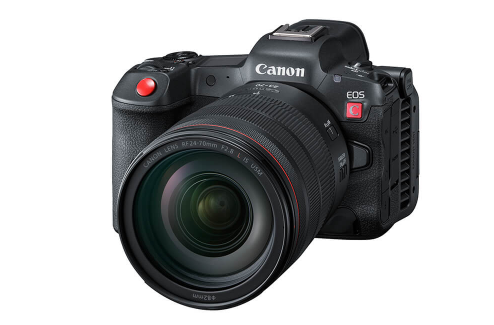The idea of a hybrid camera has been around for a while. Having photography cameras that could also capture video is not a new thing. Photography cameras have been able to capture some sort of video for a while now but, it was back in November 2008 when the Canon 5D Mk II was released that people started to take the hybrid camera seriously.
Fast forward to today, and we have an enormous selection of cameras that are capable of capturing broadcast quality video. These cameras are mostly made by companies that make both photography and cinema cameras and this is somewhat of a problem because a true hybrid camera that can capture professional grade video and photographs could result in lower sales for that company.
Let me explain. Up till now, if you’ve wanted to produce professional photographs and profession cinema grade video, you would need two cameras. A photography camera, and a cinema camera. But if you make a camera that can do both of these things, you are only buying one camera. This is probably the reason why manufacturers have been resisting the push for having a camera with professional capabilities for both photography and video.
So when the Canon R5C was released, it caught everyone by surprise. Canon is one of the most protective companies when it comes to its market share. They are known for crippling their cameras so that they don’t include all the bells and whistles that consumers ask for. But here they have released a camera that is being labeled as the first proper hybrid camera.
In the photography department, it has an excellent 45mp sensor with great dynamic rage. In fact it is the same sensor used by his little brother, the Canon R5. The best thing is that apart from IBIS (In Body Image Stabilization) it has all the features of the R5. IBIS would have been nice but honestly, most commercial photographers are not going to be bothered by this as most of the time, they are going to be using a tripod.
In the video department, it can capture 8k 30p and 4K 120p with 10-bit. It has a host of features like HDR and Canon Log to help you out in post production work. Now these video settings and formats are not unique to this camera. What makes this camera special, is that you can select two different operating systems depending on whether you are shooting photographs of video.
This may not seem like a big deal but it is a huge step forward in hybrid cameras. One of the limiting factors when shooting video with a photography camera is that the tools used for things such as exposing your image and manually focusing are designed for photography and not video. For example, in photography you would use a histogram to see what your sensor is capturing and if you are peaking in the shadows or the highlights. This is not ideal when working with video so instead, you would use wave forms and false color. In fact, when you switch the R5C into video mode, you get access to the same operating system and tools available in the much more expensive cameras such as the Canon C500 Mk II and Canon C70.
More and more, photographers are being asked to shoot video along with their photos. Having a camera like the R5C in your arsenal is a great way to be able to do both at a professional level. Is the camera perfect? No. But then again, no camera is. But with the R5C, just like they did with the 5D Mk II, Canon has kicked off the start of the next generation of hybrid cameras and the winners will be us.

